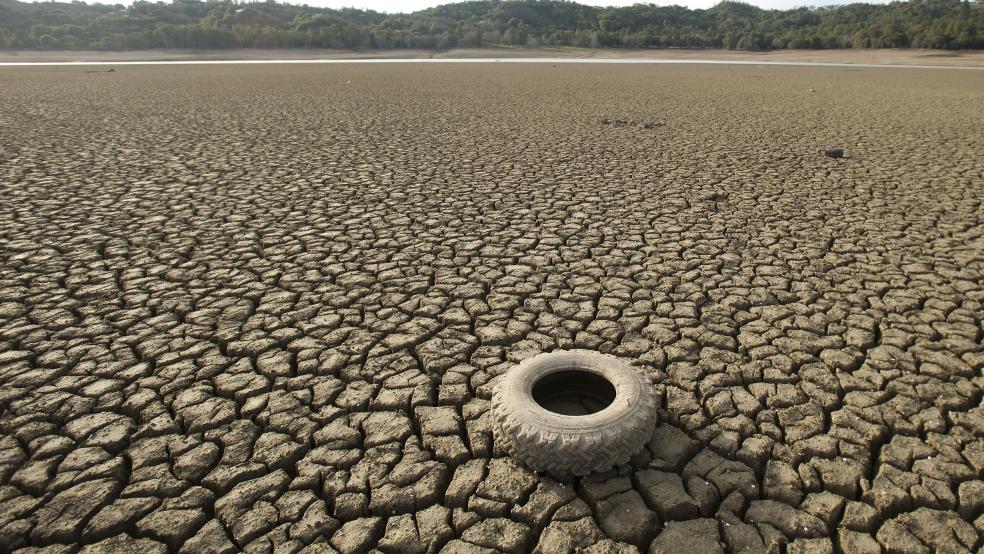The drought in California – the third worst on record – will cost the state $2.2 billion and put more than 17,000 seasonal and part-time agricultural workers out of work this year, says a new report from the University of California, Davis, which was released this week in Washington. But some homeowners and property owners may see a nifty payoff.
Under beefed-up “cash for grass” programs now in place in many southern California cities, qualifying homeowners can get as much as $3 a square foot to rip out their lawns and replace them with artificial turf, succulents or other foliage that’s far less dependent on water.
Related: What Extreme Weather Is Really Costing Us
In Los Angeles and Long Beach, qualifying homeowners can receive $3 a square foot for replacing their lawns. Pasadena is paying out at least $2 a square foot to homeowners (an application and photo submission process is required). San Diego is paying $1.50 a square foot, Burbank, $1 a square foot. Some cities have caps on the amount homeowners can receive, but the goal overall is conservation, conservation, conservation.
The L.A. district’s water department recently upped its payment from $2 a square foot to $3 as an added incentive. “Of the 600 million gallons of drinking water delivered daily in Los Angeles, about half is used for outdoor watering,” reports Environment and Energy News, which also says that since 2009, when L.A. first began its grass rebate program, more than 8 million square feet of turf has been replaced. That has saved 250 million gallons of water.
One family in Mar Vista, a section of L.A., removed its lawn – both front and back – even before the drought and replaced it with a variety of plants that include jade, bird of paradise, succulents and an olive tree. Artificial turf and urban jungles are becoming more common – though they’re hardly ubiquitous yet in this sun-loving state.
Related: The Vast, Out-of-Control Costs of Climate Change
Homeowners who do hang on to their grass lawns, though, are on alert. They can be fined up to $500 per day for watering their lawns, hosing down their sidewalks or washing their cars. California water regulators approved the fines Tuesday in the first statewide emergency move to combat the three-year-old drought.
Cal Water, which serves 475,000 customers, told CNBC the fine is “an additional mechanism ... to prohibit water uses outlined in the regulation. As a whole, Cal Water customers have collectively reduced their water use by 14 percent from 2007-2013.”
The UC Davis study made clear that groundwater reserves in California are helping in the battle against the drought. But Jay Lund, one of the study’s co-authors and director of the Center for Watershed Sciences, said his team expects “substantial local and regional economic and employment impacts. We need to treat that groundwater well so it will be there for future droughts.”
Here are other key numbers associated with the drought from the UC Davis report:
- Direct costs to agriculture total $1.5 billion (revenue losses of $1 billion and $0.5 billion in additional pumping costs). This net revenue loss is about 3 percent of the state’s total agricultural value.
- Five percent of irrigated cropland, or 428,000 acres, is going out of production in the Central Valley, Central Coast and Southern California due to the drought.
- The Central Valley is hardest hit, particularly the Tulare Basin, with projected losses of $810 million, or 2.3 percent, in crop revenue; $203 million in dairy and livestock value; and $453 million in additional well-pumping costs.
- Overdraft of groundwater is expected to cause additional wells in the Tulare Basin to run dry if the drought continues.
- The drought is likely to continue through 2015, regardless of El Niño conditions.
- Consumer food prices will be largely unaffected. Higher prices at the grocery store of high-value California crops like nuts, wine grapes and dairy foods are driven more by market demand than by the drought.
Top Reads from The Fiscal Times:





